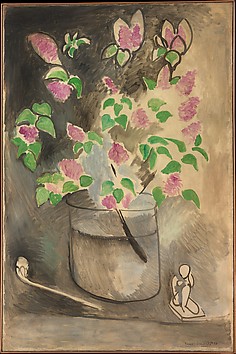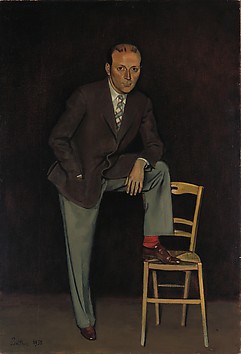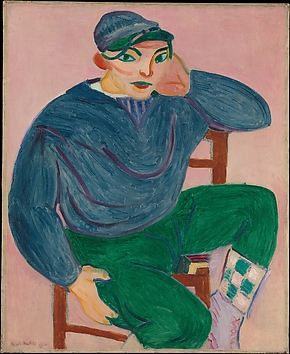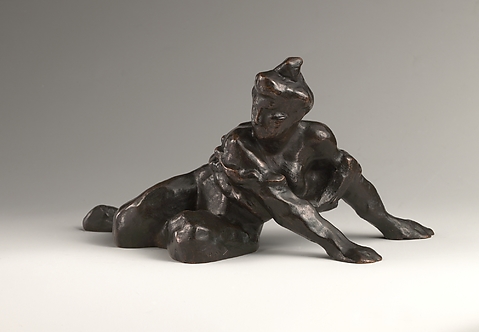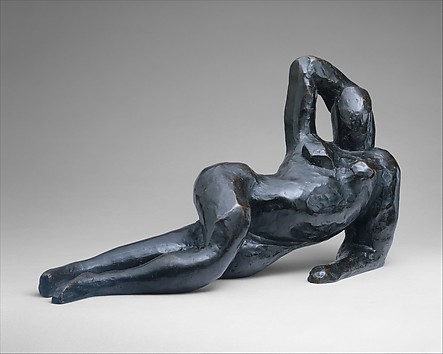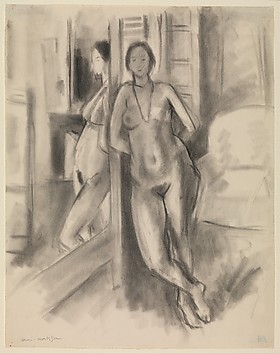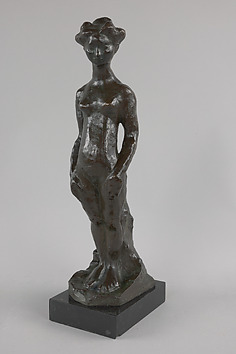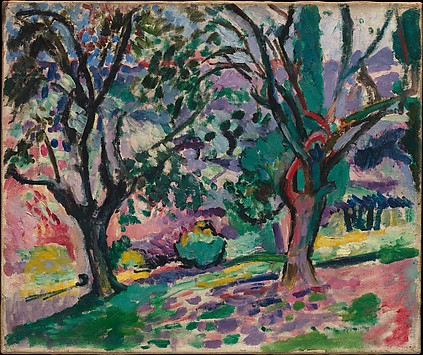On a frigid day in December 1924, a young Frenchman—exactly as young as the century itself—stepped off a ship and onto a dock in New York City. Pierre Matisse aspired to establish himself as an art dealer in the United States. Although a son of the renowned painter Henri Matisse, he struggled at first and was often discouraged and homesick over the next seven years. When he opened his gallery on Fifty-seventh Street in November 1931, the city was in the throes of the Great Depression, and his success was by no means assured. For nearly sixty years, however, the Pierre Matisse Gallery prospered. It came to be recognized as an influential part of the modern art movement in America, benefiting many artists, collectors, and institutions, including The Metropolitan Museum of Art, where the works discussed and illustrated in this book now reside. Having initially exhibited works by members of the School of Paris, including his father, Pierre Matisse found his true vocation in championing younger artists, among them Joan Miró, Balthus, Jean Dubuffet, and Alberto Giacometti. His embrace of innovative, original, and controversial art ensured the historical significance of his career. When Pierre Matisse died in 1989, his gallery ceased to exist. His widow, Maria-Gaetana ("Tana") Matisse, had been an active partner in running the business since 1974, and in 1995, she established the Pierre and Maria-Gaetana Matisse Foundation. Following Tana's death in 2001, the Foundation extended to the Metropolitan Museum the extraordinary gift of 148 paintings, drawings, sculptures, and prints from the couple's personal collection. In this volume, the authors Sabine Rewald and Magdalena Dabrowski describe and document the works in the collection and shed light on the personal histories of twentieth-century masters as reflected in excerpts from Pierre Matisse's voluminous correspondence and in rare photographs, many published here for the first time. This story of a singular man who stepped out of the shadow of his famous father and made a name for himself in the annals of art history will surely captivate anyone interested in the visual achievements of the twentieth century.





